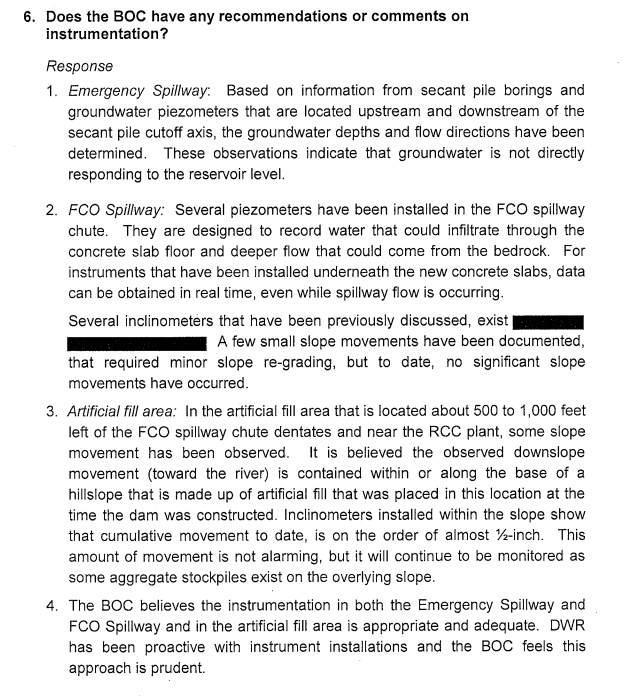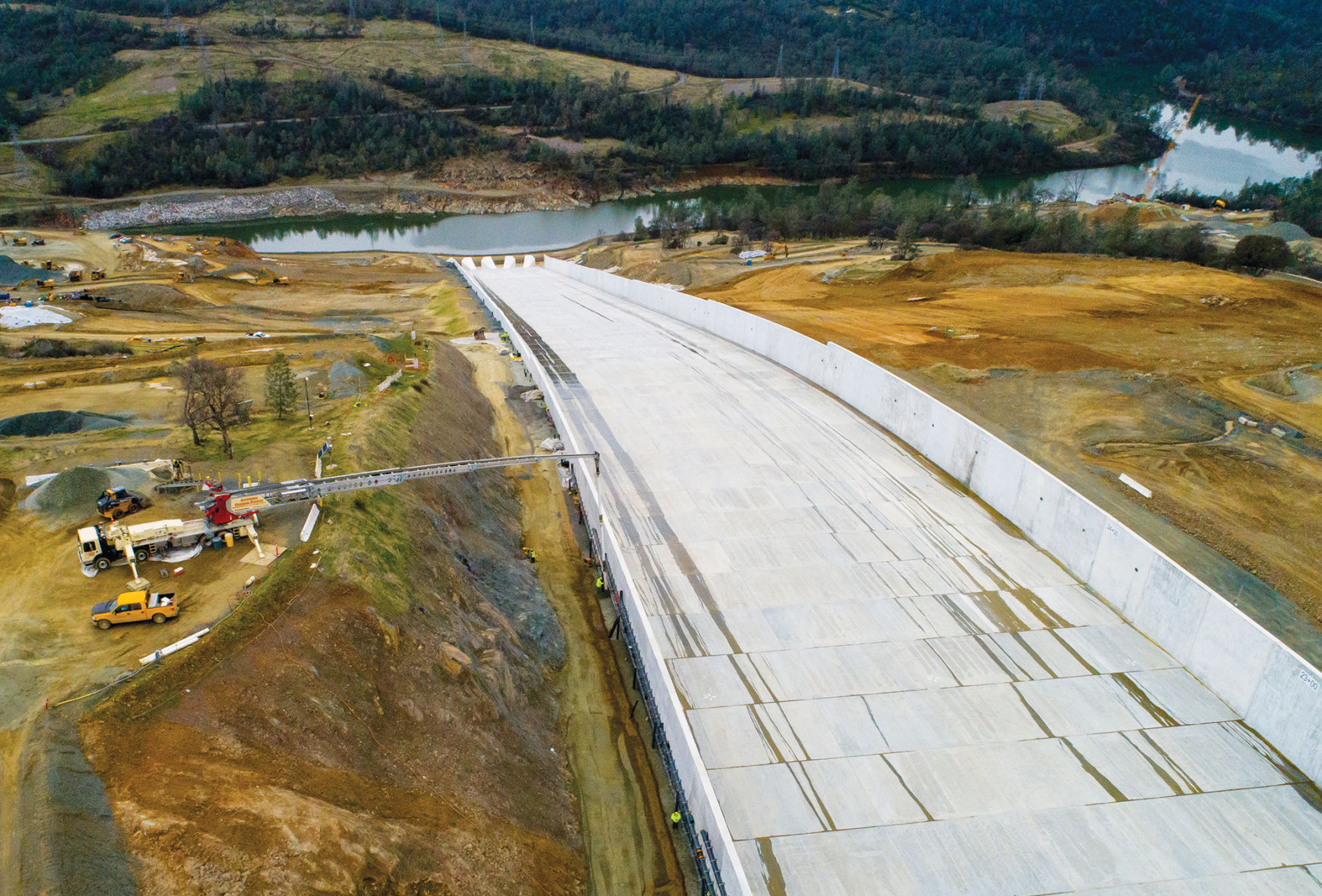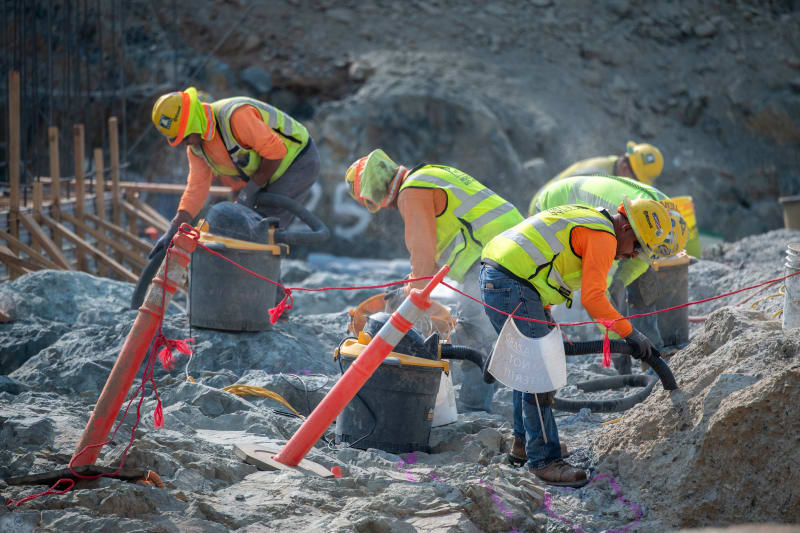racookpe1978
Nuclear
- Feb 1, 2007
- 5,984
Complete failure at Oroville Dam
Original story and links at
| 3/18/2019 | by Chriss Street
Details at
Posted on 3/18/2019 at , 1:42:12 PM by rktman
From that story,
The $1.1 billion spent to repair Oroville Dam is failing as water is seeping through the rebuilt spillway threatens new mass evacuations over the risk of the dam collapsing.
According to national dam expert Scott Cahill of Watershed Services of Ohio, Oroville Dam is on the same failure track as in 2017, with visible water seepage trickling from the foot of the dam and dozens of points along the dam's principal spillway. Cahill warns that warming temperatures magnified by precipitation is a growing threat to the dam.
American Thinker reported on March 1 that the Sierra snow pack was at a record 113 inches, but another 44 inches fell in the next 10 days. With temperatures spiking this week to 75 degrees in the valleys and 41 degrees in the high mountains, dam inflows are running twice the outflows, and the water levels rose from 800 to 839 feet.
Original story and links at
| 3/18/2019 | by Chriss Street
Details at
Posted on 3/18/2019 at , 1:42:12 PM by rktman
From that story,
The $1.1 billion spent to repair Oroville Dam is failing as water is seeping through the rebuilt spillway threatens new mass evacuations over the risk of the dam collapsing.
According to national dam expert Scott Cahill of Watershed Services of Ohio, Oroville Dam is on the same failure track as in 2017, with visible water seepage trickling from the foot of the dam and dozens of points along the dam's principal spillway. Cahill warns that warming temperatures magnified by precipitation is a growing threat to the dam.
American Thinker reported on March 1 that the Sierra snow pack was at a record 113 inches, but another 44 inches fell in the next 10 days. With temperatures spiking this week to 75 degrees in the valleys and 41 degrees in the high mountains, dam inflows are running twice the outflows, and the water levels rose from 800 to 839 feet.

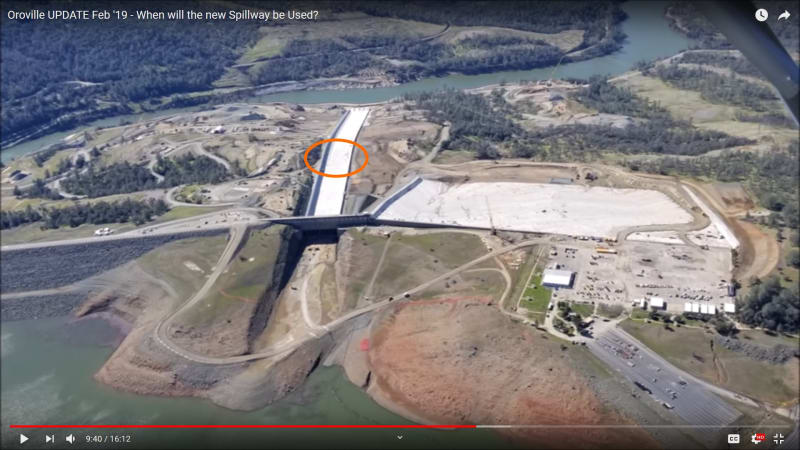
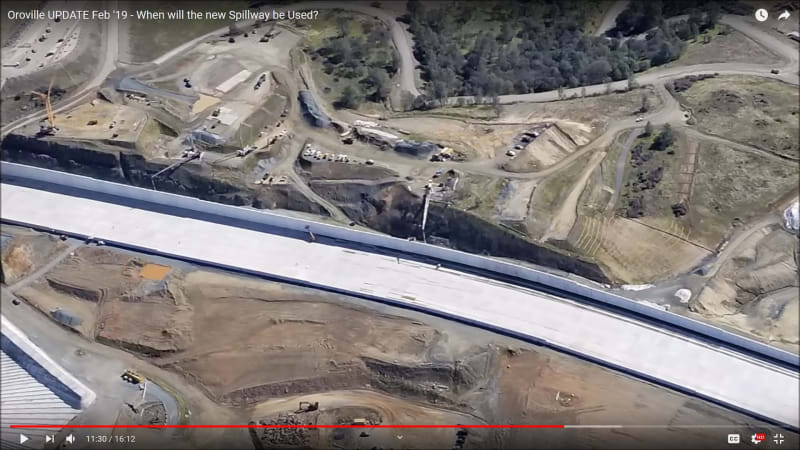
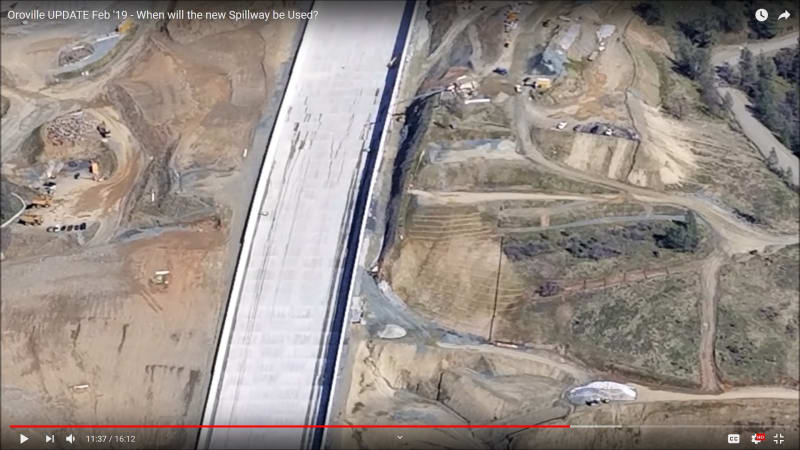
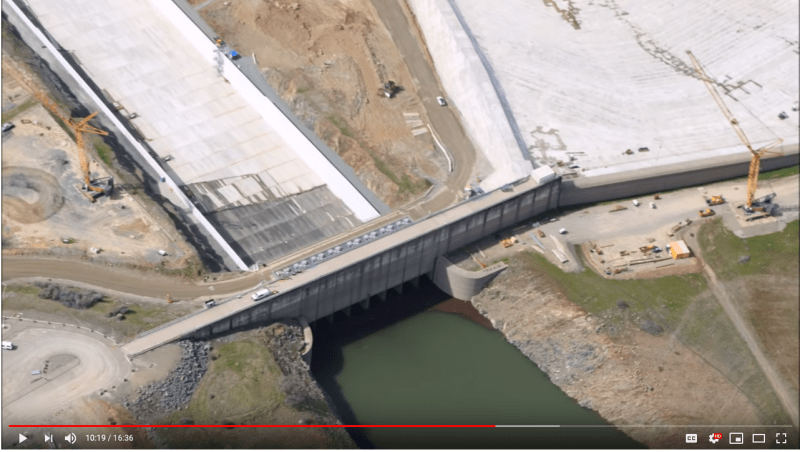
![[alien] [alien] [alien]](/data/assets/smilies/alien.gif)
